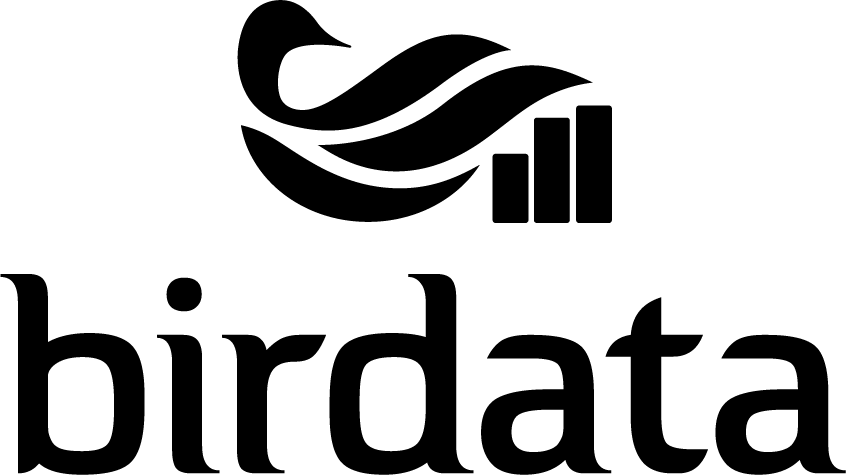Want to get started quickly? Then dive into our free downloadable and printable 'How-to' guides.
They will walk you through how to create an account, submit surveys, and explore the Birdata site.
Creating a Birdata Account
Haven’t participated in any BirdLife Australia or Birdata programs before? Don’t worry, it’s easy to create an account. You can create your Birdata account through either the app or website. Use our easy step-by-step download below.
How to create a Birdata Account (1.69mb)
Submitting Basic Surveys
For every survey in Birdata, you’ll need to choose a survey type before you get counting. Have a read below to see which type of survey you want to use and download our free guide.
Incidental Searches
The simplest survey type is the ‘Incidental search’. An Incidental search survey method is quick and easy to use, and great for times when you see birds that you’d like to record but haven’t set out to do a dedicated bird survey in a more structured, standardised way. Download our Incidental search guide below.
How to do an Incidental Search (1.18mb)
Submitting Standardised Surveys
Standardised surveys encourage citizen scientists to record birds in a way that’s more consistent in space and time, improving the scientific depth and power of the data you share. This approach is most powerful when surveys are repeated at the same location. Try surveying the same location at consistent intervals to build a richer picture of the local bird community over weeks, months or even years.
Standardised surveys require slightly more effort than a general bird list, but the reward is high-quality data crucial for conservation. The consistency of these surveys makes it much easier for our scientists to compare surveys across different time periods and regions of the country. This makes standardised surveys ideal for seeing how bird populations are changing over time – for better or for worse.
Standardised surveys submitted to Birdata have formed the backbone of several important publications on the plight of our native birds: for example, the Threatened Species Index and Action Plan for Australia’s Birds (2020), as well as local-scale publications like the State of Tasmania’s Birds report. These incredible publications rely heavily on the surveys submitted by everyday citizen scientists, so don’t be shy about giving things a go! Download some of our standardised survey guides below.
How to Record a 2 ha, 20 min Area Search (1.18mb)
How to Record a 500m Area Search (1.18mb)
How to use the new Birdata Impact Tracker (BIT) feature
The Birdata team is excited to announce a new feature in Birdata that will support the tracking of sick, injured, or dead birds – The Birdata Impact Tracker (BIT). Whilst we might prefer logging healthy birds, with birds facing so many threats, it is important we also track sick, injured, or dead birds to support conservation efforts.
Learn about how to utilise it in one of your surveys in the download PDF guide below.
How to use the Birdata Impact Tracker in the Birdata app (1.18mb)
Not sure which Survey to Choose?
Choosing a survey type can feel daunting! If you’re not sure which survey to choose, take a look at our ‘How to choose a Survey Type’ guide below. It has a short questionnaire that will help guide you to the right survey for you! There are also some handy survey tips and tricks to help you in the field.
How to choose a Survey Type (1.18mb)
Promotional Resources
Want a Birdata poster to print or distribute through your organisation? See our downloadable posters with QR codes to our free App below.
'Make your birding count with Birdata' Poster (1.18mb)
'Birding for science with Birdata' Poster (1.18mb)
Using Birdata's 'Explore' Feature
Want to know how to view and use Birdata’s incredible repository of over 30 million bird sightings? Learn about our ‘Explore’ feature in this video tutorial. You’ll not only see your sightings but records from across the country.
Using Birdata's 'Explore' Feature Tutorial
Aussie Bird Count 2025
Want to search, edit or export your Aussie Bird Count surveys? Check out this free step-by-step guide.
